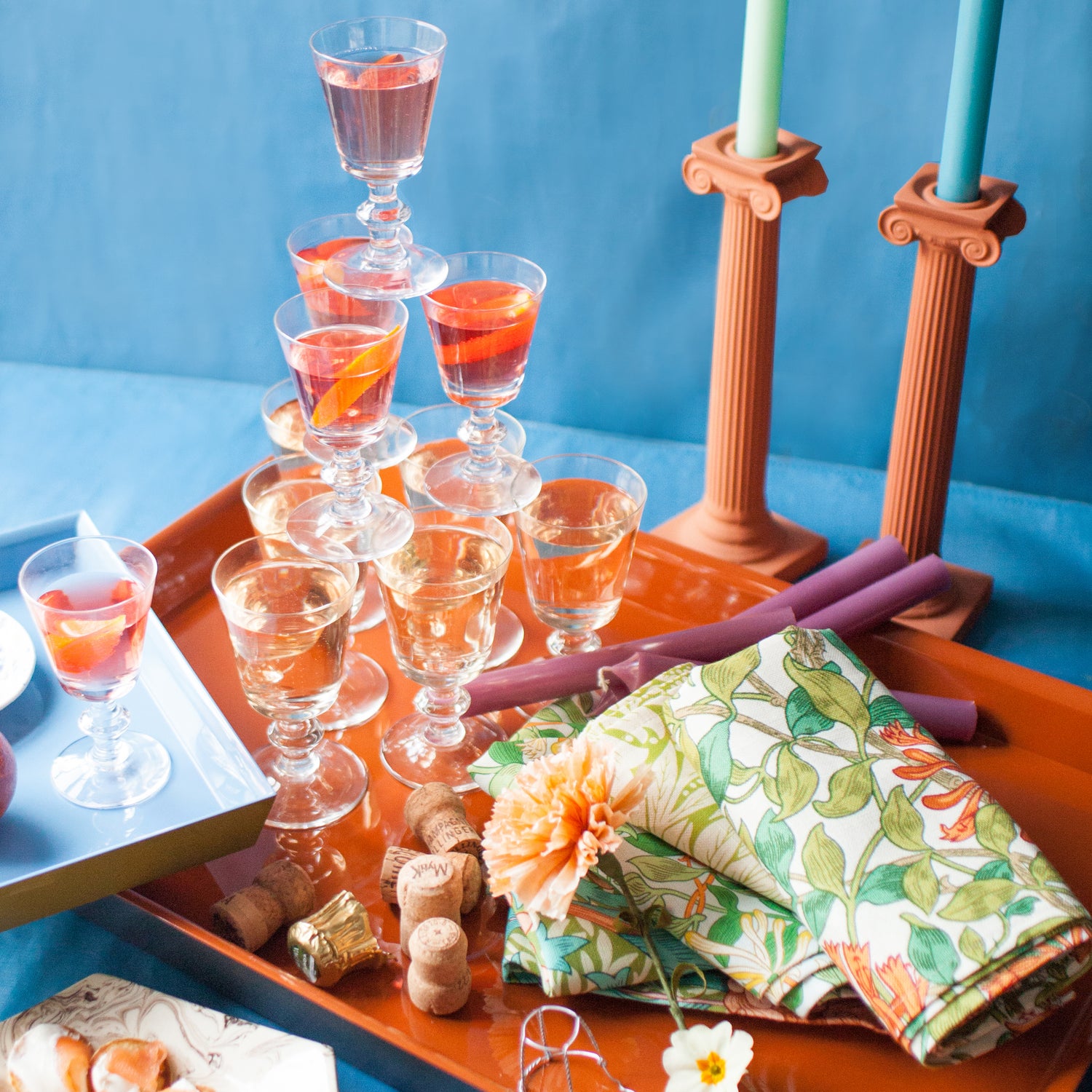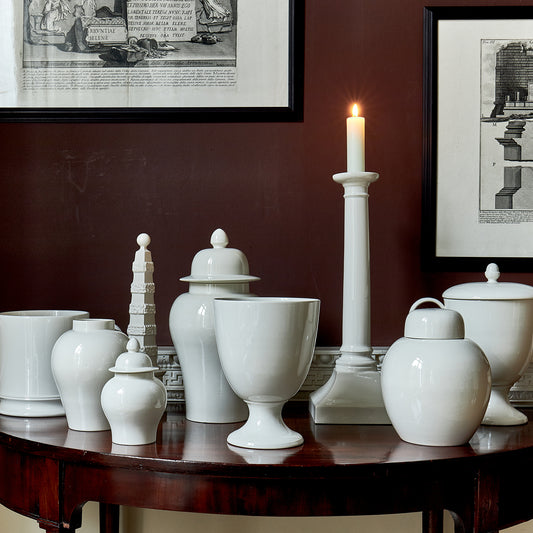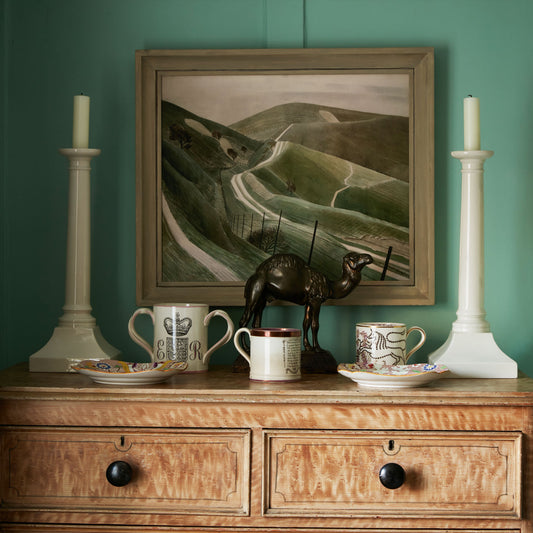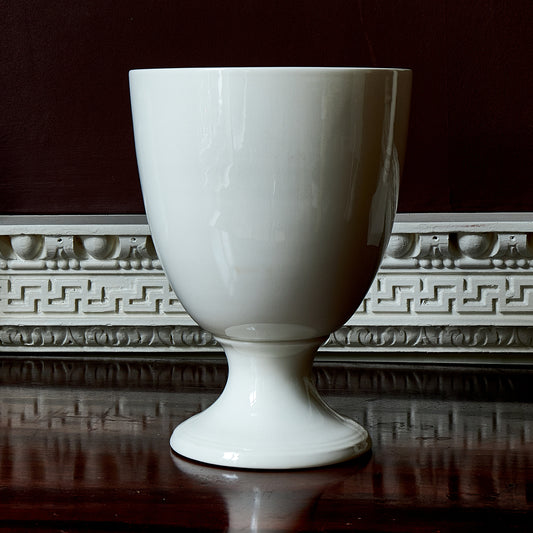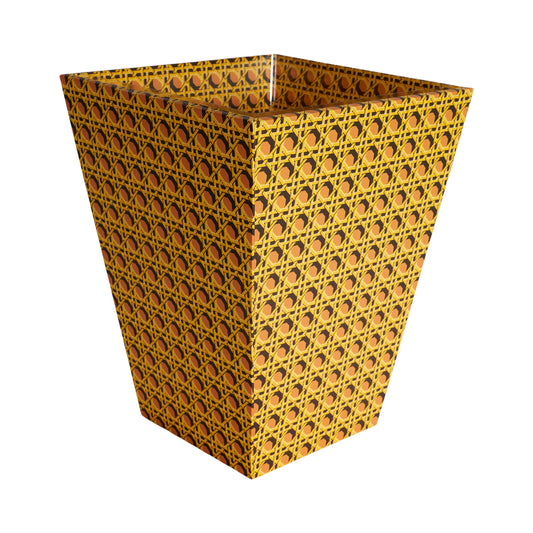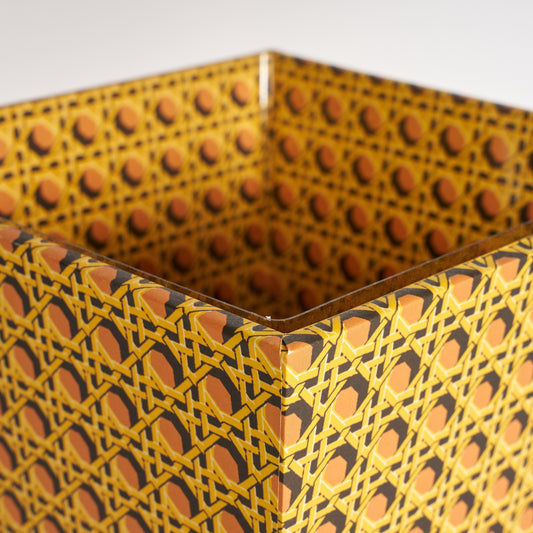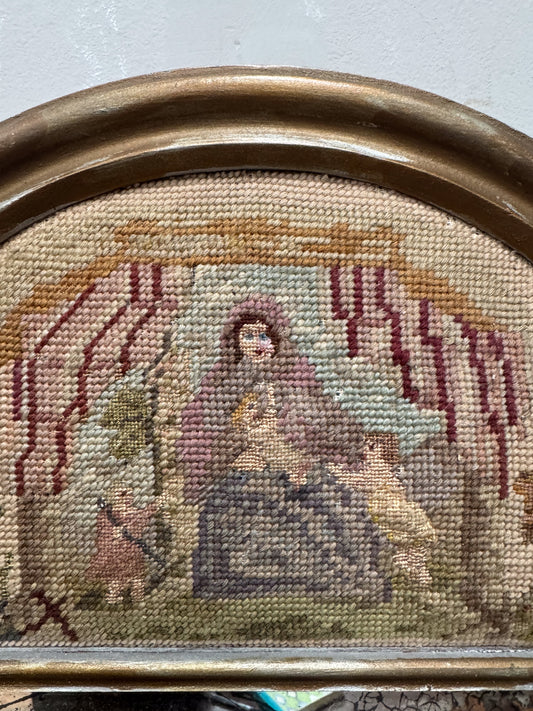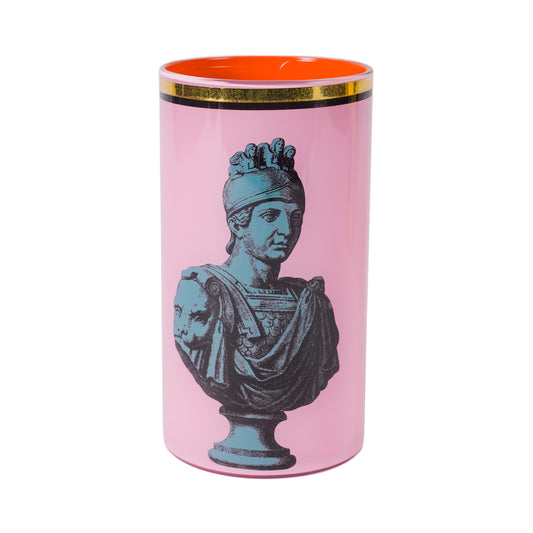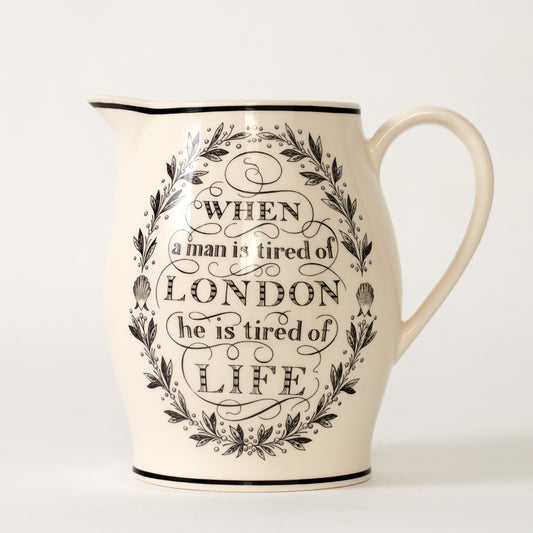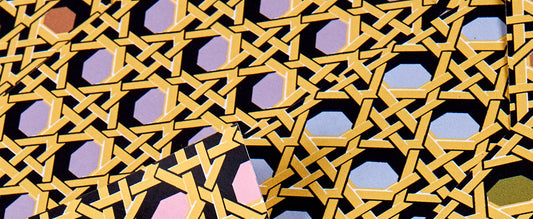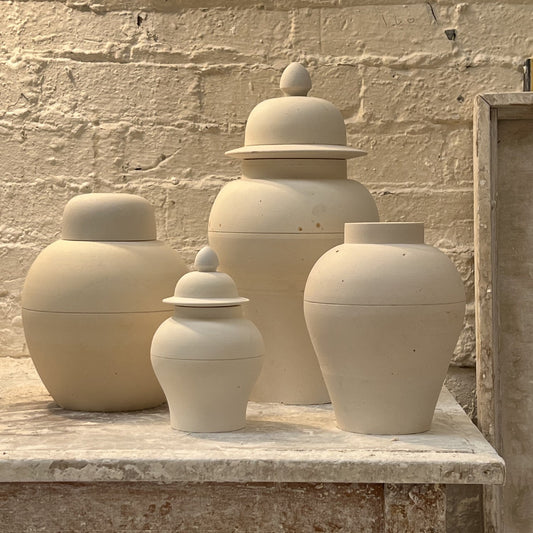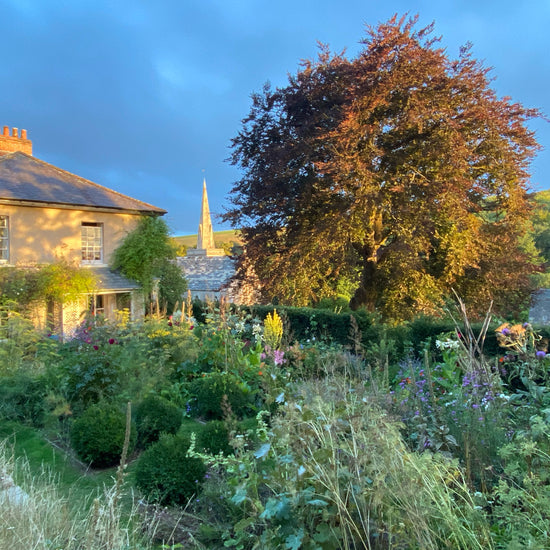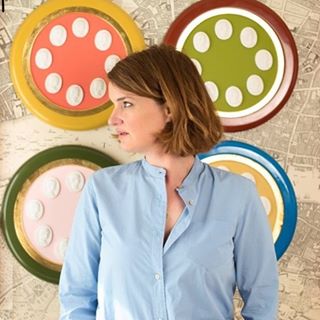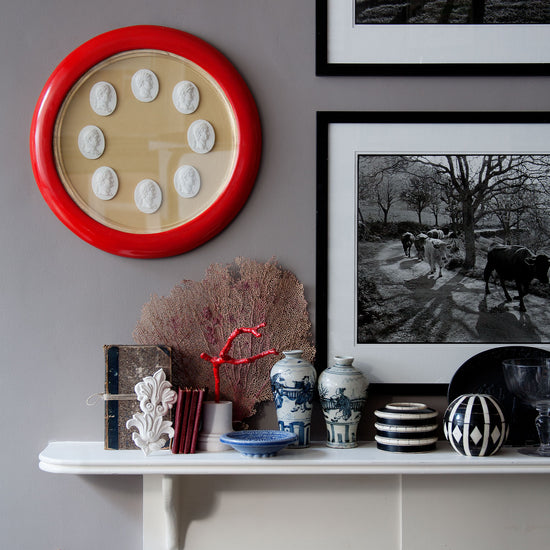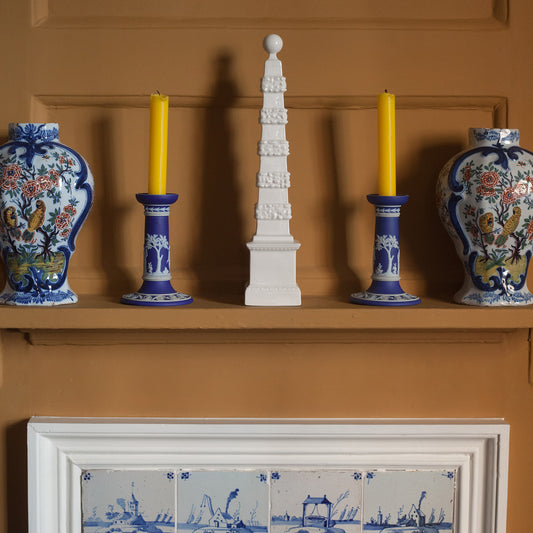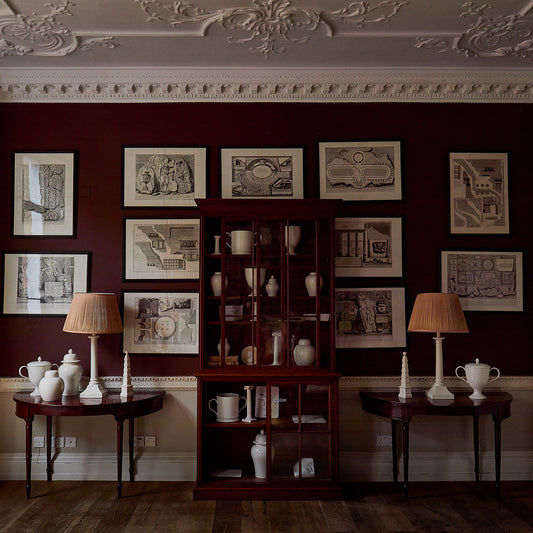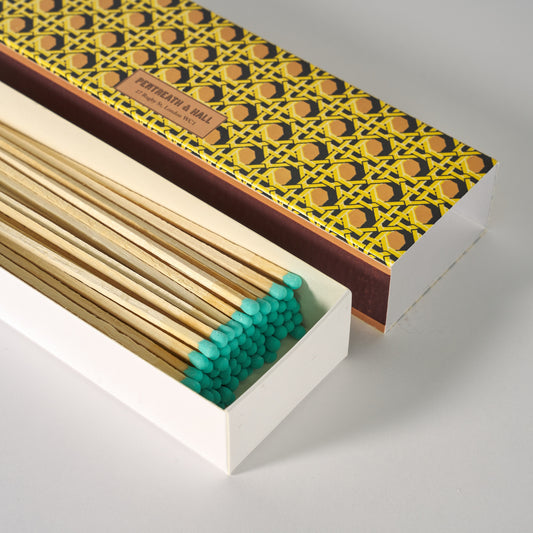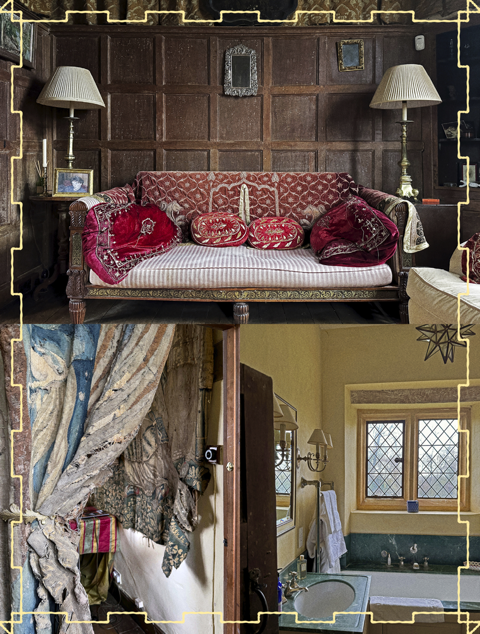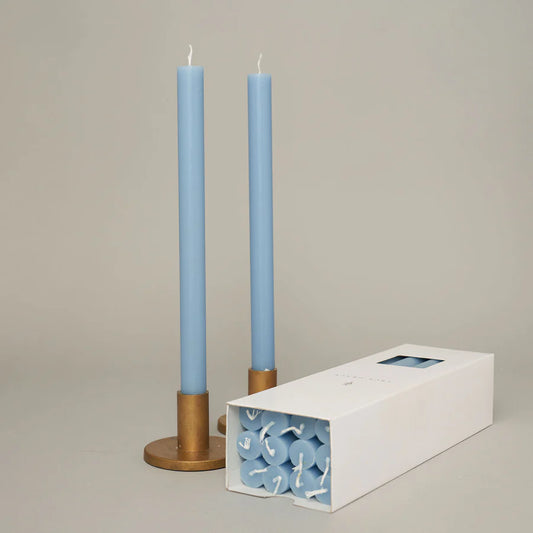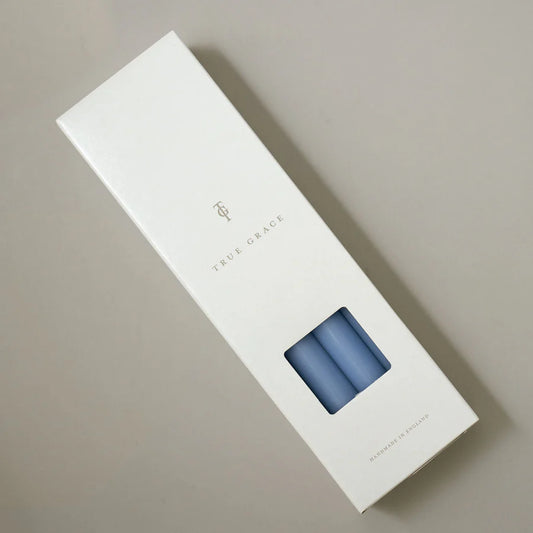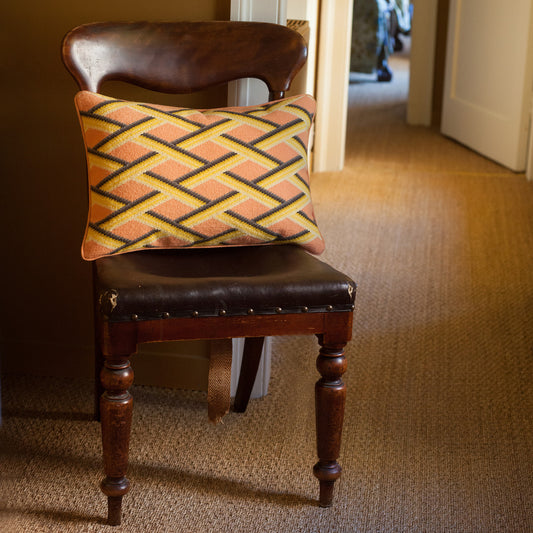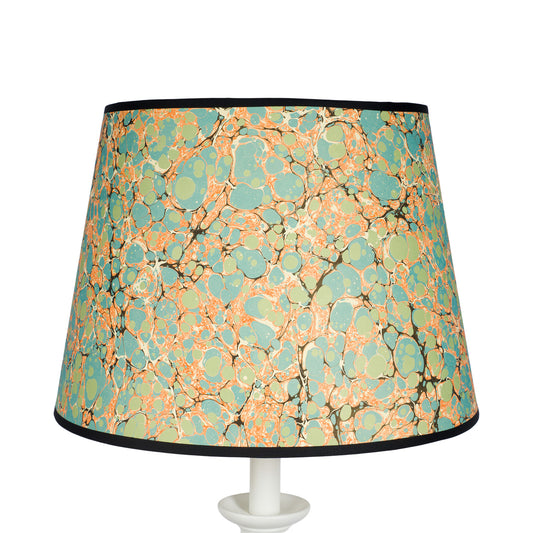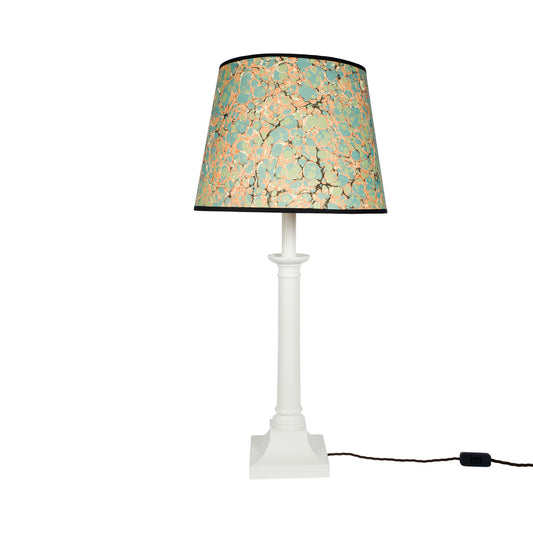I’ve been out of London for the last ten days. It’s a rather strange feeling waving good-bye (metaphorically) to the Thames and Somerset House on the bus on the way down to Waterloo… thinking, for once, I’m not zooming back on a train 24 or 48 hours later. A week of Dorset visits-we did a whole office field trip to two of our Dorset projects on Monday; then I was down on various bits and pieces, concluding with 2 glorious days in Cornwall and up and down to Gloucestershire and Wiltshire on Friday – such a still, dreamily autumnal day. I came back through Avebury at sunset, which I’d never actually seen before…. nearly stopping to jump out of the car and take some photos, but home beckoned. The memory will last long.
The following morning we had the most beautiful sunrise. Charlie’s garden is still overflowing. Mist hung over the valley. Like a painting, really, and not quite real. 
The dahlias have never been better all year long.

Nasturtiums going wild. 
Charlie is clearing the veg. Borlotti beans ripening on the poles in the foreground. 
Sibyl watches patiently. 
Occasionally trying to get in. 

After a customary Saturday morning visit to Bridport for the market and breakfast, home for a walk in sparkling autumnal sunshine, the colours and intensity of light matching one another. 








Sunday morning was even more amazing. 



Mist hung gently across the valley. Where the sun hadn’t yet met it, the air was cold.  It’s a crazy year for berries. Does this portend a freezing winter? I’ve never quite known the answer to that.
It’s a crazy year for berries. Does this portend a freezing winter? I’ve never quite known the answer to that. 


First rays. 







Every time I get up on to the high places of the hills above the village, I feel so glad to be here, and amazed to have this landscape right on the doorstep. 



We had a lovely pub lunch with Mum, Dad and one of my brothers… and then later I was back up to London on Sunday evening for rather a long a busy day today. Tired now.
POSTCARD FROM TRURO
By way of postscript, though, a postcard from Cornwall. I thought you might be interested to see some work-in-progress photographs of our project in Truro.
The site faces east, over beautiful countryside. For various reasons, many years ago, Cornwall Council had decided this land was the best location for their park and ride site, not normally a prospect that would fill your heart with joy. They were considering a supermarket and some housing to go alongside. They’d approached the landowner to see if this could be made to happen.
I got involved because the land was owned by the Duchy of Cornwall – not part of the Duchy’s historic estate, having been bought only in the second half of the 20th century. But I was asked by the Duchy to look at all this and try to make something better.
The project was controversial at the time, of course – as should always be the case when farmland is being developed, I feel. There was a clear argument for the overall public good, helping to relieve traffic-torn Truro from some of its congestion; there were, equally, vigorously-made arguments against anything happening here at all. (Hopefully, the comments page below could avoid being the forum to revisit those questions ten years on), I suppose, deep down, as an architect, you must consider ‘If this is to happen, what should or could it be’ – not a carte-blanche approach, I’d add, to take on every project, and we’re fortunate, in the office, to be able to turn down a lot of work if it doesn’t feel like a good fit. This was certainly a challenge.
I decided we needed not something like a little, crumbly village on the top of a hill – Cornwall not being a county, historically, where anyone would have built ancient villages on top of hills, given the extremity of the weather that can blow in from the South-West. If we were going to build, I felt that we needed something that respects the edge of town and country in a simple, strong gesture, and which drew a line beyond which development will never naturally extend. The site rested at the top of a gentle east-facing valley, with incredible distant views, and whose topography lent itself to a crescent-shape. Drawing inspiration from the great 18th century streets of Truro herself, and of Bath, we designed a new ‘Royal Crescent’ which is now half built. Behind is a smaller garden square of houses. I haven’t been there for over a year and it was thrilling to see progress.


The Crescent, with lanterns made locally. 
The park & ride was designed by the council to flow with the topography of the site. The houses are raised up and look over the cars to the beautiful distant view beyond. 

 The back of the Crescent houses have bay windows to improve the flow of rooms internally.
The back of the Crescent houses have bay windows to improve the flow of rooms internally.

The back of a terrace next door. 

Affordable housing can have dignity:

Houses around the square:
This terrace draws inspiration from Lemon Street, Truro. 
The garden in the middle will be an allotment for all the local residents. 


Simple small houses can just work. 
A rear mews between houses; gardens and parking. 

 The park and ride ‘hub’ building is built of local stone and brick is set further into the landscape. It was designed to feel like an old engine shed. Levels here are complex; the building takes people from the lower levels to the food store above.
The park and ride ‘hub’ building is built of local stone and brick is set further into the landscape. It was designed to feel like an old engine shed. Levels here are complex; the building takes people from the lower levels to the food store above. 
Here is the upper level of the hub.
The supermarket we designed as well. It’s operated by Waitrose, but one half of the building is run by Great Cornish Food, a brilliant organisation where all the food in the store is grown or produced in Cornwall. The building was designed in a plain Greek Doric language – the most Cornish of the classical orders, I feel.

Here is the entrance, which draws inspiration from the great 19th century food markets of Exeter. The columns are in solid Cornish granite. Rather frustrating that the baseless Doric order didn’t quite end up running straight into the ground, but otherwise flawlessly constructed by a very dedicated team of builders, who I might add were not entirely used to dealing with mutules and Doric cornices. The Crescent is in the background.

I’m sure it won’t be everyone’s cup of tea, and I’m equally sure it’s not the only answer of how to build a new housing estate, supermarket, and park & ride on the edge of a beautiful town. It’s one answer; my answer, as it happens, for this site. And I’ve heard that generally, locally, people are happy about what’s happened. As I say, I’m sure we’d all prefer no new buildings anywhere at all – but if they have to be built, even the most mundane uses can generate places with what I’d hopefully call a sense of place. I suppose all we can say is that clients like the Duchy of Cornwall, committed to building for longevity, with local materials, are rare.
Next week, however, fingers crossed for fair weather as Rob from the office and I head up to our Inverness project for Moray Estates – the New Town of Tornagrain. It’s a long time since I was there and I literally cannot WAIT to see progress. Watch this space!
Sadly I don’t think there will be time to zoom over to the west coast (it would almost be simpler to go back via London) but thanks so, so much for so many brilliant messages on the last post. Exciting times, north and south!
